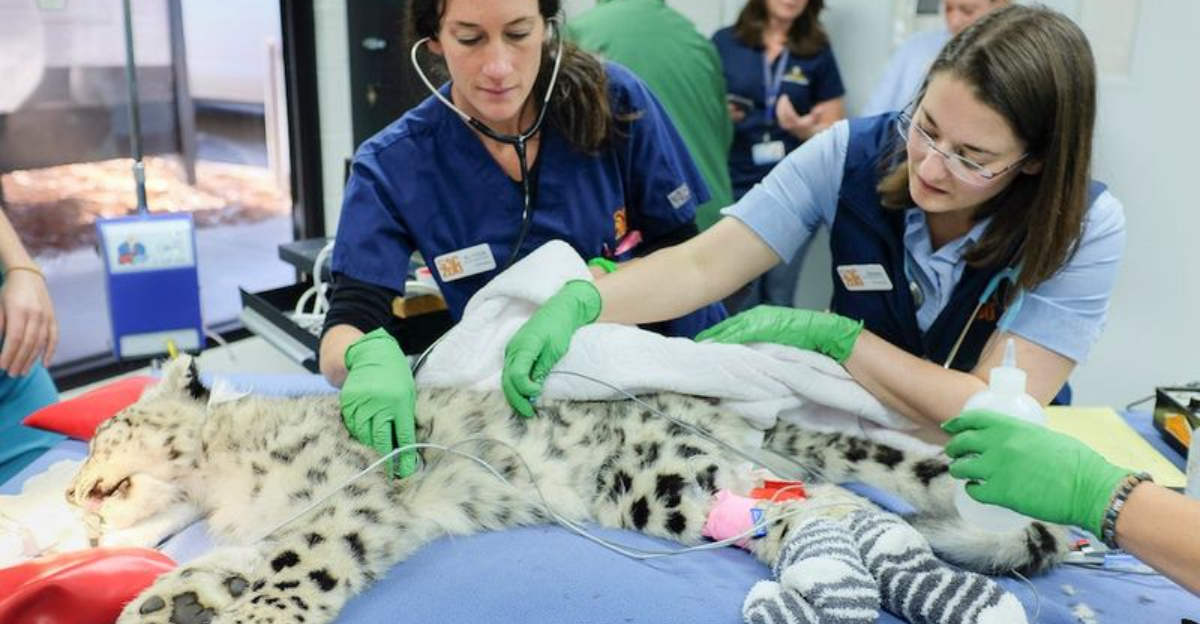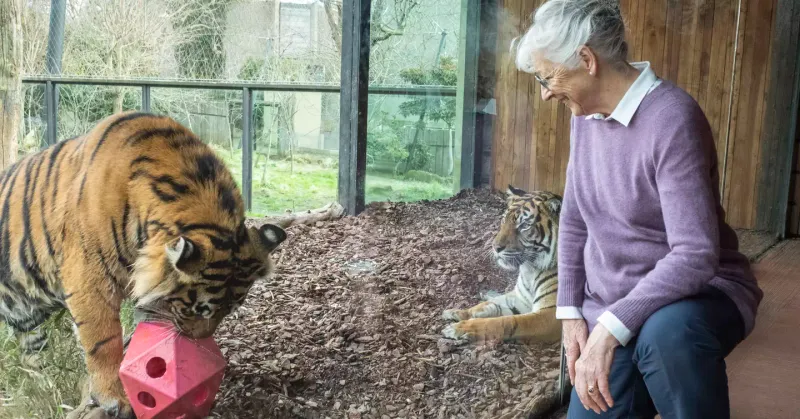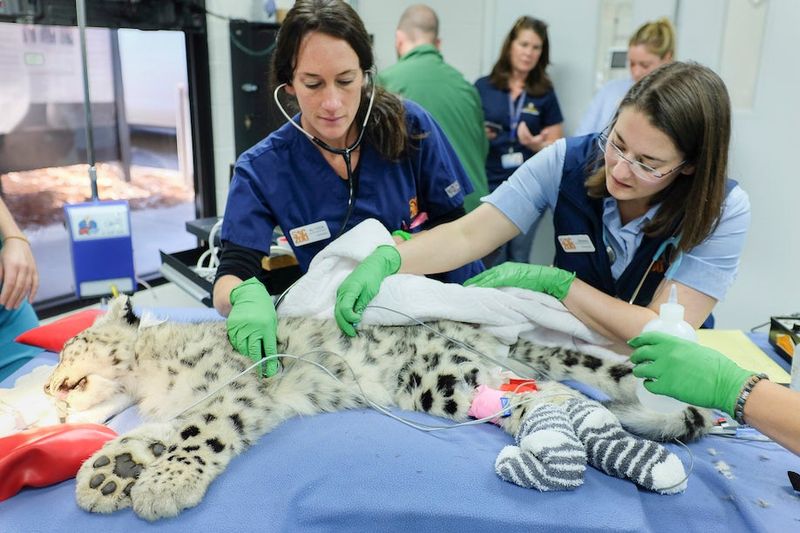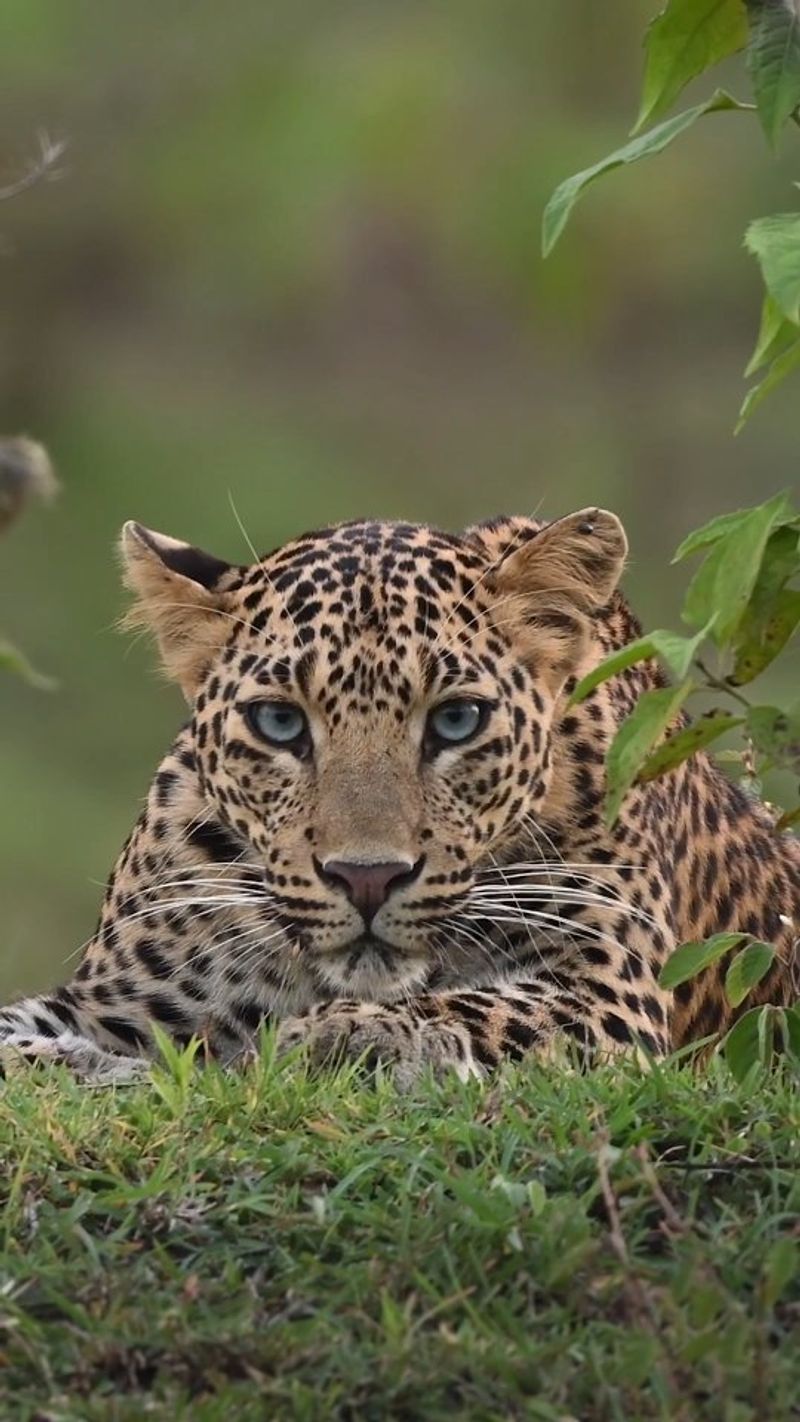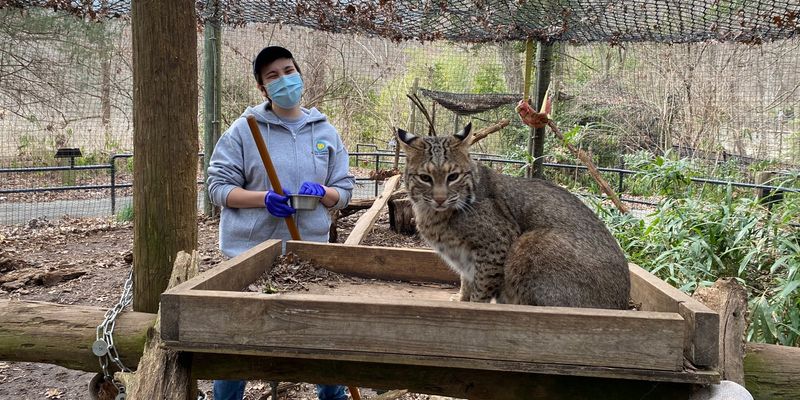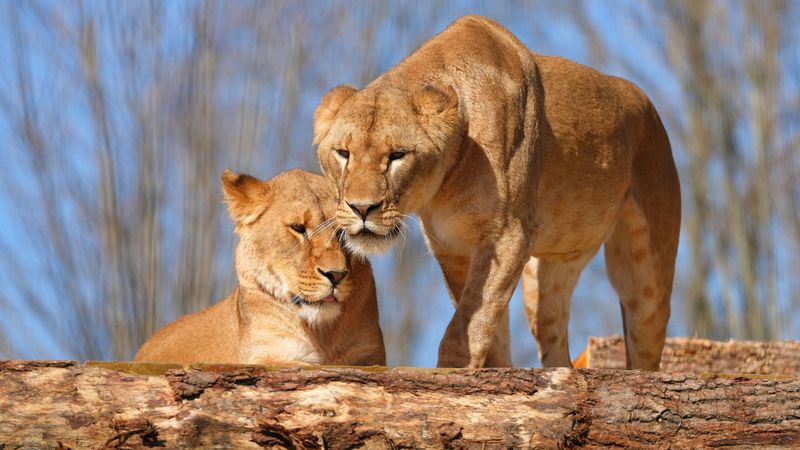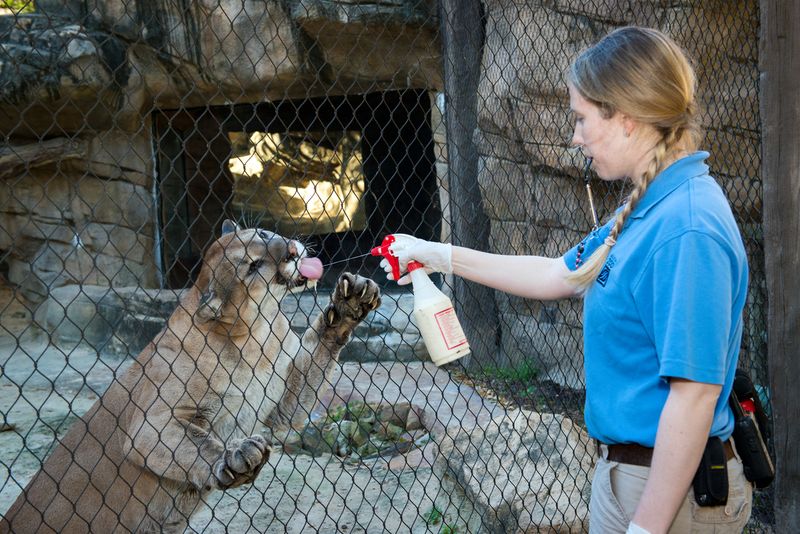📖 Table of Content:
Few creatures capture our imagination quite like wild cats. From the stealthy leopard prowling the savannah to the snow leopard scaling Himalayan cliffs, these majestic predators inspire awe, respect, and curiosity across the globe. For those drawn to nature, adventure, and animal care, working with wild cats isn’t just a dream—it’s a passionate calling.
Opportunities to work with wild cats span a surprising array of careers. Some involve rugged outdoor exploration, others combine medical expertise with compassion, while a few fuse creativity with a lens on conservation. Whether it’s preserving habitats, conducting research, or capturing these animals on camera, each role offers its own unique way to make a difference in the lives of these elusive felines.
This article explores seven incredible jobs that let you work directly or indirectly with wild cats. Each path requires a different set of skills, education, and temperament—but all promise an extraordinary life of purpose and proximity to some of the most powerful animals on Earth.
1. Wildlife Biologist
Immersed in the heart of natural habitats, wildlife biologists conduct vital research on ecosystems and species interactions, often focusing on large carnivores like wild cats. Their work helps shape our understanding of population trends, hunting behaviors, and environmental threats. These scientists spend long hours in the field, sometimes tracking elusive cats through dense forests, arid deserts, or snow-covered peaks. Beyond fieldwork, they analyze data and contribute to academic journals or conservation policies. Collaboration with governments, local communities, and NGOs is also common, especially when crafting preservation strategies. A degree in biology, ecology, or wildlife science is typically required, along with skills in GIS mapping and statistical software. For those who love both science and nature, this career delivers a rewarding blend of purpose and exploration.
2. Zoologist
Working behind the scenes in zoos or wildlife centers, zoologists study animal health, reproduction, and behavior, ensuring captive wild cats thrive in enriched environments. These professionals are responsible for developing care plans that simulate natural behaviors—like hiding food to encourage stalking or creating climbing structures. A zoologist’s day might include feeding routines, behavioral observations, and implementing enrichment activities to prevent stress and boredom. Many zoologists also engage in public education, helping visitors appreciate the ecological roles and conservation status of species like jaguars or lynxes. Their research contributes to global breeding programs aimed at preserving genetic diversity in endangered populations. Typically holding degrees in zoology or animal science, they balance empathy with scientific rigor. Through careful attention and innovation, zoologists foster environments where wild cats can lead healthy, enriched lives—even in captivity.
3. Wildlife Veterinarian
Saving the lives of tigers, lions, and cheetahs isn’t just for the movies—it’s daily reality for wildlife veterinarians specializing in exotic animals. These medical professionals treat injuries, diagnose illnesses, and perform surgeries in both captive and wild settings. Whether tranquilizing a leopard to remove a snare or conducting a health check in a zoo, vets must work with precision and respect for the animal’s wild nature. Fieldwork is often unpredictable, requiring mobility, resilience, and rapid decision-making under pressure. Many also contribute to conservation by collecting biological samples for disease tracking or reproductive studies. Advanced training in veterinary medicine with a focus on wildlife or exotic species is essential, along with strong communication skills to work with caretakers and researchers. It’s a demanding, high-stakes profession—but for those who dream of healing wild cats, it’s also immensely fulfilling.
4. Wildlife Photographer or Filmmaker
Armed with a camera and unshakable patience, wildlife photographers and filmmakers venture into remote landscapes to capture the rarest moments of wild cat life. They might wait days—sometimes weeks—for a single shot of a puma stalking its prey at dusk. Visual storytelling plays a powerful role in conservation, drawing attention to the beauty and fragility of big cat populations. These creatives often work freelance or under contract for organizations like National Geographic, BBC Earth, or conservation NGOs. Beyond talent with a lens, they need deep knowledge of animal behavior to anticipate movements and avoid disturbance. Travel, risk, and solitude come with the territory, but so does the reward of unforgettable encounters and global recognition. Strong portfolios, persistence, and networking often open doors in this competitive field. Through their work, these artists bridge the wild and the human world with awe-inspiring imagery.
5. Conservationist or Environmental Scientist
At the forefront of protecting endangered species, conservationists and environmental scientists design and implement strategies that support wild cat survival. Whether establishing wildlife corridors, fighting poaching, or lobbying for habitat protections, their impact ripples across ecosystems. These experts often work with governments, local communities, and international bodies to advocate for science-based conservation policies. Field assessments, environmental impact reports, and stakeholder meetings are part of their daily workflow. A background in environmental science, policy, or conservation biology provides the foundation for this career. Effective communication is key, especially when aligning interests across cultures and disciplines. With climate change and habitat loss accelerating, these professionals play a critical role in ensuring wild cats don’t vanish from the planet. It’s a job that marries passion with pragmatism—and often delivers visible, lasting change.
6. Sanctuary Manager or Animal Care Specialist
On the frontlines of compassion, sanctuary managers and animal care specialists rescue and rehabilitate wild cats saved from abuse, neglect, or captivity. These caretakers ensure animals receive proper nutrition, medical treatment, and behavioral enrichment in environments designed to mirror nature. Working in sanctuaries requires physical stamina, emotional strength, and unwavering dedication—especially when caring for cats with traumatic pasts. Managers often oversee budgets, staff training, and facility operations, while specialists focus on daily animal welfare. Many also coordinate public tours or outreach to raise funds and awareness for their mission. Experience in animal care, nonprofit management, or veterinary assistance is highly valued. Every day spent in a sanctuary brings the chance to help a wild cat recover, thrive, and inspire visitors with its resilience. It’s hands-on, heart-led work that transforms both animals and people.
7. Big Cat Trainer or Behavior Specialist
Unlike traditional animal trainers, big cat behavior specialists work to understand and influence natural behaviors for the benefit of animal welfare, not performance. In accredited zoos or sanctuaries, they might condition tigers to voluntarily participate in health checks using positive reinforcement. These professionals observe daily routines, design mental and physical stimulation exercises, and mitigate stress-related behaviors. Their goal is to encourage autonomy and well-being, especially in confined environments. Academic training in psychology, ethology (animal behavior), or animal science is common, paired with extensive experience and safety training. Patience and intuition are indispensable, especially when working with highly intelligent, potentially dangerous animals. While the job involves risk, it also offers incredible insights into the minds of some of nature’s top predators. By earning trust and fostering healthy habits, behaviorists create a bridge between care and conservation.
